
Photo by Flickr user Sean Freese.
Buying fresh herbs from the grocery store is often expensive and wasteful. They may only be used for one or two meals during the week, and there is no way to preserve what’s left over for very long.
Managing your own garden may sound complex, but it’s not nearly as challenging as one might think. Here are the steps you should take to start your very own herb garden.
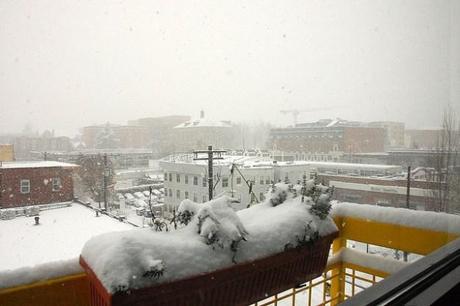
Don’t let your herbs suffer this fate when they could be grown indoors! Photo by Flickr user moohaha.
Pick where your garden will grow
What do you envision for your herbs – a little windowsill garden, or a decent-sized patch outdoors? Figuring out where you will be planting is essential before you tackle any other tasks.
If you live somewhere with a consistently warm climate, planting outside would be best; otherwise, you’ll have to tend to your garden indoors. You will have to consider potting solutions for your home, while this isn’t necessarily a factor if they are outside.
Give these issues and any others a lot of thought to improve the chances of your garden thriving.
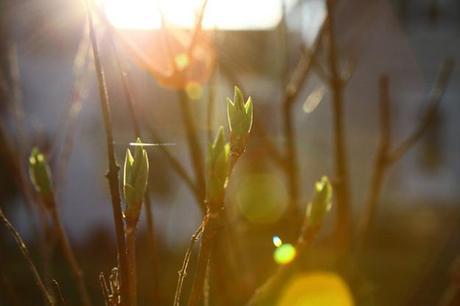
Photo by Flickr user Chris Waits.
Make sure there will be plenty of sunlight
Wherever your plants end up, it needs to be a sunny spot. Herbs need 6-8 hours of natural light or 14 to 18 hours of artificial light per day. Some herbs – such as chervil, mint, parsley, and cilantro – can grow in partial shade, but most others should be placed in direct sunlight.
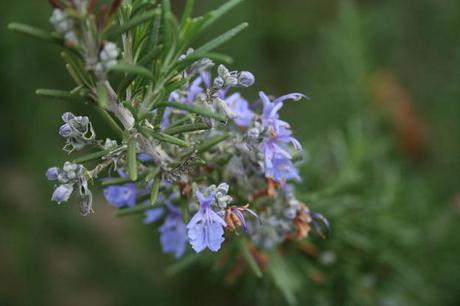
Photo by Flickr user Ken Cook.
Decide which herbs to plant
There are numerous herbs to choose from. This should largely depend on which ones you use the most when cooking and how much effort is needed to keep them alive. Parsley and chives are two popular cooking ingredients, and they are also fairly hearty plants. Basil, thyme, sage, and rosemary can often be purchased as young plants from a nursery. Oregano and mint are another couple of commonly used choices.
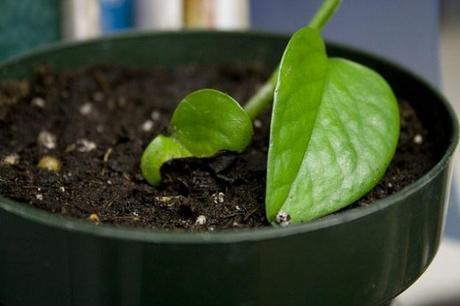
Photo by Flickr user Katie Brady.
Use the right soil
The soil you choose should support adequate drainage for excess water. It should also not leave your plants vulnerable to soil-borne diseases. Buying potting soil is generally the best route to take. Or if you want to make your own soil which will promote better drainage, mix together potting soil, sand, and peat moss in equal portions.

Photo by Flickr user Elliott Brown.
Give them enough water
Different herbs require different amounts of water. Some do well in dry soil, while others need more frequent watering. However, too much water is always a bad idea, no matter the plant. It will harm the roots and cause rotting. In addition, if your herbs are planted in pots, make sure there are enough drainage holes to prevent oversaturation.
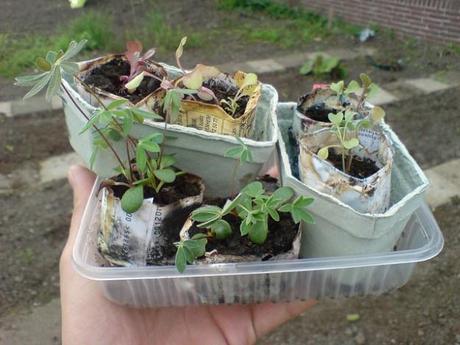
Photo by Flickr user Arne Hendriks.
Determine the right amount of fertilizer
Plants may need extra nutrients to encourage their growth, but be careful not to over-fertilize them. They should flourish just fine without too much help, especially if the soil they were planted in is enriched with organic matter. Also, try not to get fertilizer on their leaves, as that’s the part you’ll be eating!

Photo by Flickr user Adrian Paine.
Keep pests away
Don’t let any bugs nibble away on your herbs, especially when they are first planted and just beginning to grow. Use a soapy spray to combat them at the first sign of infestation. Any larger nuisances can be picked off by hand.
Would you ever grow your own herb garden? Let us know in the comments below!

